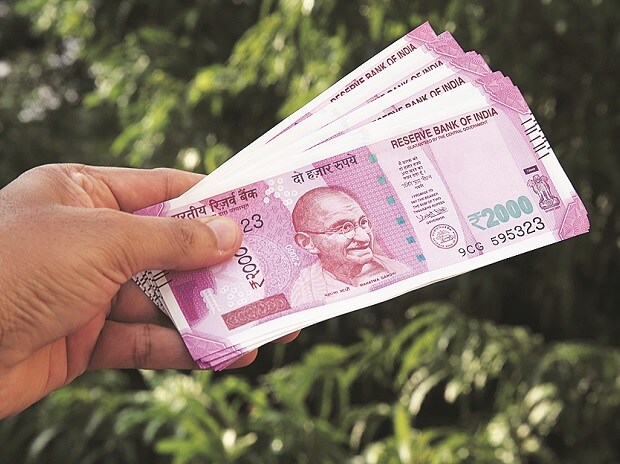India’s current account deficit (CAD) in the first quarter ended June soared to a four-year high of $14.3 billion, or 2.4 per cent of gross domestic product (GDP), from 0.1 per cent a year ago and 0.6 per cent in the fourth quarter.
The CAD, the difference between imports and exports, was at $0.4 billion a year ago and $3.4 billion in the fourth quarter of 2016-17.
Despite the high CAD, strong capital flows ensured that the balance of payment surplus was at $11 billion, a two-year high.
The rise in the CAD was on account of a high trade deficit, $41.2 billion, “brought about by a larger increase in merchandise imports relative to exports,” said the Reserve Bank of India (RBI).
While exports have been falling, a strong rupee is also making exports uncompetitive. On the positive side, net foreign direct investment doubled to $7.2 billion in the first quarter from the year-ago level. Net portfolio investment, too, recorded a substantial inflow of $12.5 billion in Q1 of 2017-18, primarily in the debt segment, as compared to $2.1 billion in the year-ago quarter, it said.
“The sharp surge in the current account deficit in Q1 FY2018 relative to Q1 FY2017 comes as no surprise, with the spike in gold imports prior to the introduction of GST responsible for half of this uptick,” said Aditi Nayar, principal economist at ICRA Ltd. “Moreover, the lagged impact of the INR appreciation was partly responsible for a faster rise in non-oil, non-gold imports relative to exports, bloating the size of the merchandise trade deficit.”
With the size of the current account deficit in the first quarter nearly as high as the FY2017 level of $15 billion, Nayar said the rating agency expects the FY2018 deficit to double to around $30-32 billion, or 1.2-1.3 per cent of GDP. However, this can still be adequately financed through a resumption in non-resident Indian deposits, as well as healthy foreign direct and portfolio flows, Nayar added.
Private transfer receipts, mainly representing remittances by Indians employed overseas, rose by 5.3 per cent to $16.1 billion over the year-ago quarter.
